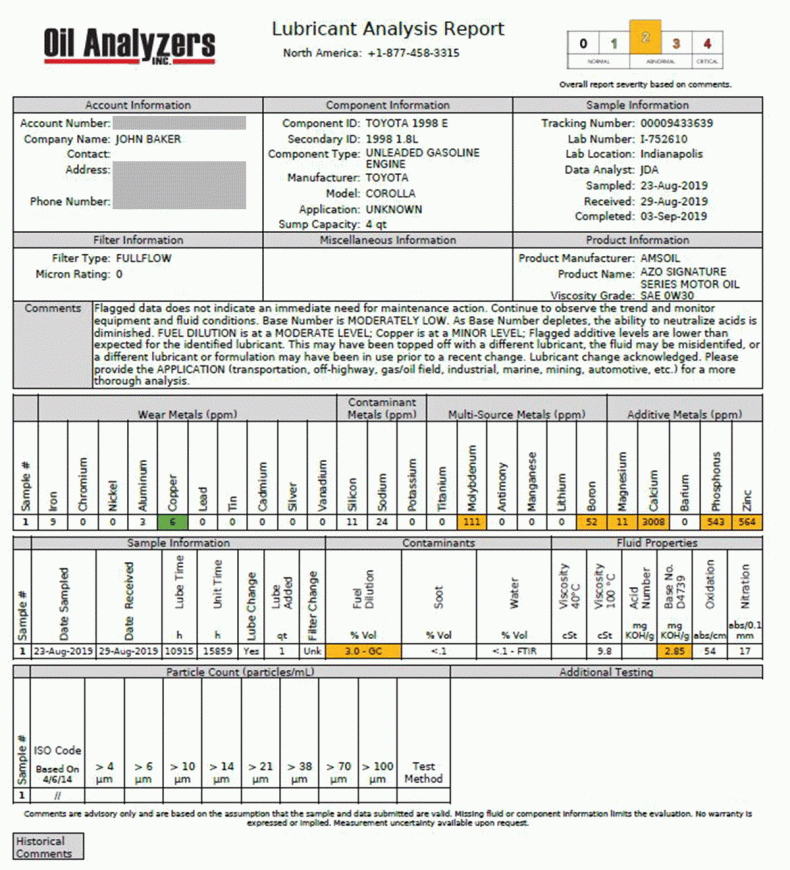AMSOIL UPPER CYLINDER LUBRICANT: I use it and it works! Now on the market for about a year: AMSOIL Upper Cylinder Lubricant (UCL) is the latest addition to the gasoline additive lineup. It delivers more lubricity than the competition and battles ethanol-related corrosion. Fuel Additive Product Overview Upper cylinders are one of the toughest areas […]
You are browsing archives for
Tag: fuel
Oil Analysis Kits – They’re Easy
How to Perform Oil Analysis We keep these kits right here in the Omaha store. Ask for the one with postage or with out for a slight savings. When doing several vehicles use the one w/o postage to send all together. John Baker|Sep 12, 2019 11:57 AM Used oil analysis is one of the most […]
McDonalds or KFC: Should I Run Vegetable...
McDonalds or KFC: Should I Run Vegetable Oil in my Diesel? Mark Nyholm|Apr 14, 2017 3:45 PM Ever drive down the road in the middle of nowhere and run across the scent of French fries? Maybe it made you think some punk threw his garbage from his car into the ditch and the wind was […]
ADVANCED ENGINE TECHNOLOGY DRIVING CHANG...
ADVANCED ENGINE TECHNOLOGY DRIVING CHANGES FOR GASOLINE OIL SPECIFICATIONS Tightening fuel economy standards and the subsequent advances in engine technologies are pushing big changes in the passenger car motor oil (PCMO) market. Increasingly strict regulations on fuel economy and emissions have pushed the automotive industry to develop smaller, more efficient engines. By 2020, industry experts […]



